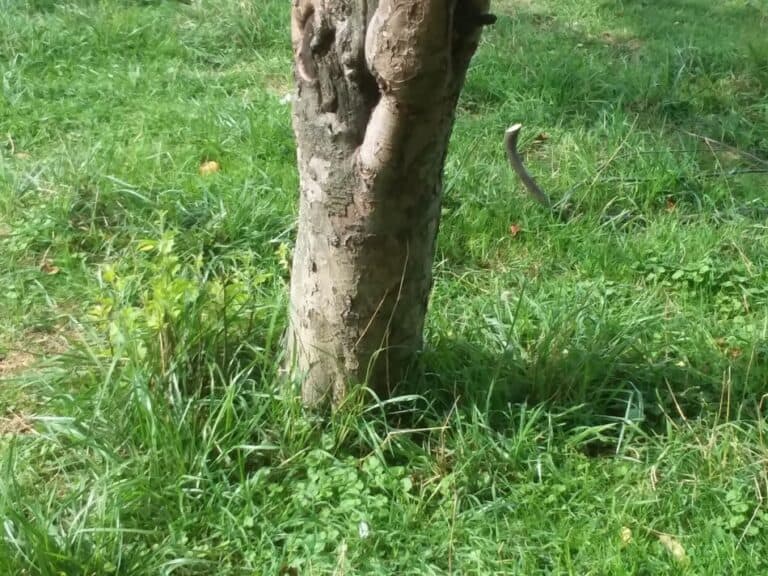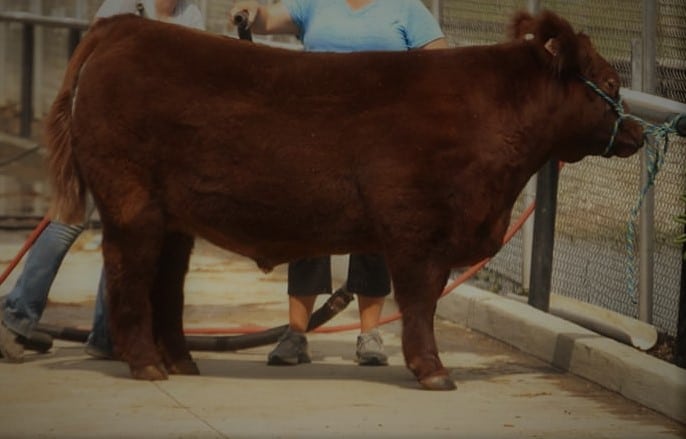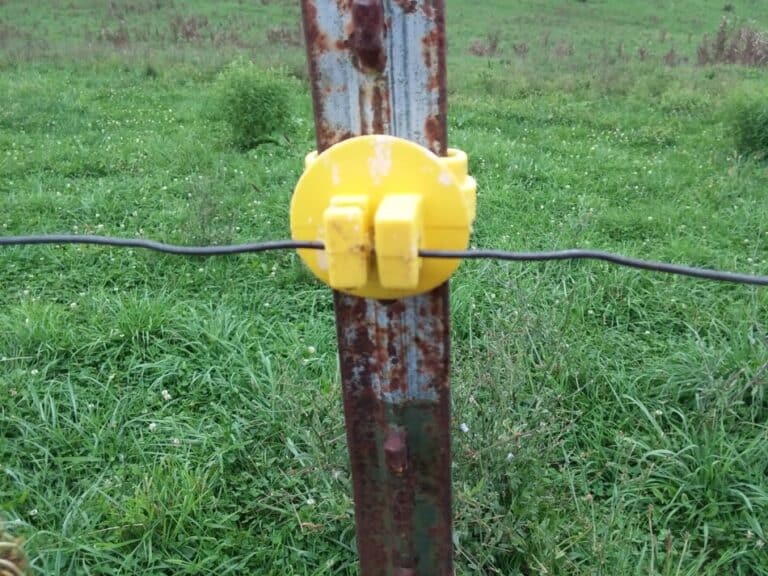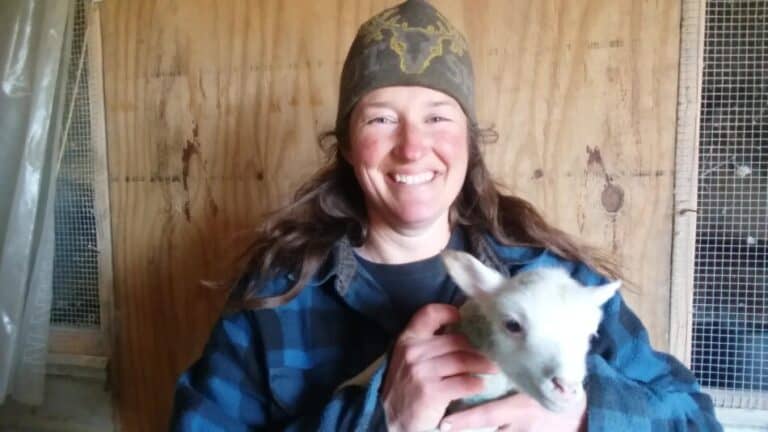Does An Electric Fence Need To Make A Complete Loop?

Knowing how to put up your fence can be confusing. Do you need to make a full loop to get the electricity through the fence or can you run a dead end fence line and still get shock?
Electric fence does not need to make a complete loop. An electric fence line that dead ends will work just as well as a fence line that is a full loop.
Read Can Grass Ground Out My Electric Fence? to get more details on keeping your fence running hot.
Electric fencing can form a loop around your animals
The most common way to use electric fencing with animals would be to completely surround the herd with electric, meaning the fence forms a loop.
If your only fencing available is electric, then your herd will always be in a loop of electric fencing.
This is what you see when you see a herd of cattle grazing within a high tensile wire paddock with four wire sides. These cattle would be in a loop of wire fencing.
Our flock is normally in a loop of electric fencing
Having the sheep in a loop of fencing is normal for us. We do not have all of the property line fenced, so we use netting to keep in the sheep most of the time.
Especially further out from the barn, there is little to no permanent fencing in place so the sheep will be in a loop of electric netting that we move, as needed.
We use electric netting as the main fence for our farm, but this information would be the same for single strand electric fences (wire or polybraid) and high tensile fence lines, since they all work off of the same type of fence charger.
ElectroNet 9/35/12 is an article I wrote covering all of the details on the netting we use for our sheep, if you want to know the pros and cons of using electric netting as a primary fence for year round grazing.
Electric fence lines can be straight and dead end
Most folks would be combining electric with permanent fence lines or something non electric like cattle panels.
For people using a combination of fences the shape of the electric fence will vary, as will whether or not the electric makes a loop.
We have a few paddocks where netting is used with permanent fencing and when that is the case the netting is not in a loop because we don’t need it to be!
Dead ended electric fence lines can divide a pasture
Using netting or other electric fencing to partition off your pasture works great! You get tons of pasture size options and the versatility to change your mind anytime you decide to put the fence line somewhere else.
Our most common division line in a pasture is straight, but not always. It depends upon the shape of the area and if we have to go around any obstacles or zig zag around a bit to give the flock water access.
Dead end fence lines need to be supported on the end
If you decide to run a non loop shaped fence line, remember to support the end posts, you don’t want the fence to sag.
As far as the charge goes, it does not matter if the fence circles back on itself or not, either works fine.
We don’t have too many single strand wire fences up (since the sheep go under them!), but you can run a wire fence in a line (not just a loop).
We support the fence line by tying off the last post of the netting to a T post or wooden post that is part of the permanent fence line we are tying to. There is a cord around the end posts of the netting for this purpose.
All electric fence lines hook up to power the same way
Whether your fence line is forming a loop, going straight or making an usual shape and dead ending, it will hook up to the energizer the same way.
As long as you have the energizer grounded and the fence does not have anything touching it (weeds, grass or metal, yikes!) put the fence line where you need it and fire it up.
The shape of fence line will not change effectiveness of the shock.
An electric fence needs a ground rod to work
The loop you may be thinking of is for the charge to go out through the wire and come back through the earth to the ground rod you have put in the dirt for your fence charger.
This is why the fence works in the first place, the “shock” is trying to get out of the wire.
For the charge to get out of the wire, there has to be an easier place for the charge to go than staying in the wire. When you or your animals touch the wire and get shocked, you were the easy route to the earth for the charge.
Having a sufficiently large ground rod or multiple ground rods, helps your fence work better, especially in challenging conditions like dry soil.
Here’s an article from Michigan State University Extension on Grounding the Electric Fence, for more details on setting up the ground rods for your fence.
Vegetation must be kept trimmed back from the fence wire
Far more important than the shape of your fence is keeping the wires clean, as in free of vegetation. Tall grasses and other vegetation touching the fence will get shocked, which takes power out of the line.
A large amount of grass touching the fence, especially if the grass is wet, will take a large amount of power out of the fence line.
Once the animals get wise to your fence having little to no power, they will start getting out. This is always much harder to stop than it is to prevent! Save yourself the stress and keep the plants trimmed back to keep your fence hot.
Of course, when your fence wire touches metal it will loose power, as well! Usually you can hear the shock when this happens.
Vegetation pulling down the power of the fence is more of a surprise, since it’s normally not one specific place along the fence line, it’s the whole line or a big section of it.
All of those blades of grass are each taking a little of the charge out of the fence. This doesn’t seem like a big deal until you realize that little bit of charge loss is multiplied thousands of times, now that’s a lot of lost power!





